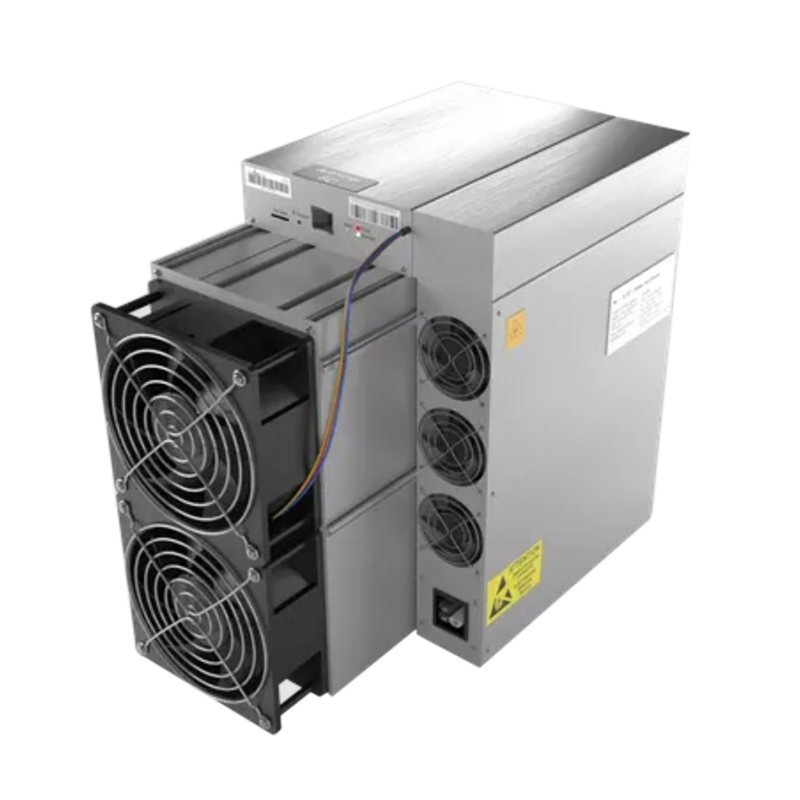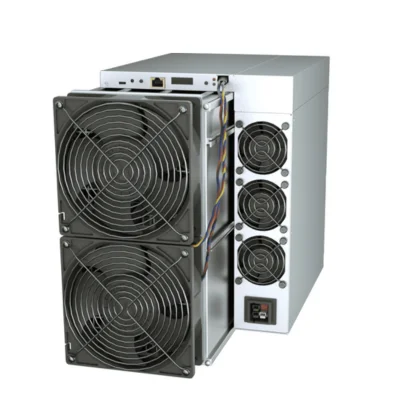Can I Overclock Antminer S21+ for Higher Hashrate?
Introduction to the Antminer S21+
The Antminer S21+ is Bitmain’s latest powerhouse in Bitcoin mining, leveraging cutting-edge ASIC technology to achieve an impressive 216 TH/s hashrate with optimized energy efficiency. Designed for both industrial-scale farms and advanced home miners, the S21+ represents a significant leap in SHA-256 algorithm performance.
One common question among miners is whether they can push this machine beyond its stock settings through overclocking to maximize returns. Overclocking involves modifying the miner’s firmware or settings to increase its computational power, but it also comes with risks—higher heat output, potential instability, and accelerated wear on components.

In this guide, we’ll explore:
- The feasibility of overclocking the Antminer S21+
- Potential benefits vs. risks
- Best practices for safe overclocking
- Alternative optimization strategies
Understanding Overclocking on the Antminer S21+
Default Performance & Efficiency
Out of the box, the Antminer S21+ operates at 216 TH/s with a power consumption of around 4320W, yielding an efficiency rating of 20 J/TH. These numbers are already industry-leading, making the S21+ one of the most efficient Bitcoin miners available today.
However, experienced miners often experiment with firmware tweaks or hardware modifications to squeeze out additional hashrate. Here’s what you need to know before attempting it.

Can You Overclock the S21+?
Technically, yes, but with caveats:
- Firmware Limitations – Bitmain’s stock firmware restricts major overclocking, but third-party firmware (such as Braiins OS+ or Vnish) may offer more flexibility.
- Thermal Constraints – Even with its quad-fan cooling system, pushing the S21+ beyond its rated performance increases heat generation, risking thermal throttling or shutdowns.
- Power Supply Requirements – The S21+ operates on 380-415V power; overclocking may require a PSU with extra headroom.
Potential Benefits of Overclocking
- Higher Hashrate: If stable, you could achieve ~5-10% more hashrate (~227 TH/s under optimal conditions).
- Increased Profitability: In favorable market conditions, even a small boost in hashrate can improve daily earnings.
Risks & Downsides
- Reduced Longevity – Consistently running at higher voltages degrades chips faster.
- Voided Warranty – Modifying firmware or hardware may invalidate Bitmain’s 365-day warranty.
- Higher Power Costs – Overclocking typically increases wattage, reducing energy efficiency.
How to Safely Overclock the Antminer S21+
If you decide to proceed, follow these best practices to minimize risks:
1. Use Reliable Third-Party Firmware
- Braiins OS+ and Vnish are popular choices that allow fine-tuning frequency and voltage.
- Avoid untested firmware, as poorly optimized settings can cause hardware failure.
2. Monitor Temperature Closely
- The S21+ operates best at 0-45°C ambient temperature.
- Use external cooling (additional fans, immersion cooling) if pushing beyond stock speeds.
3. Gradual Tuning
- Increase hashrate in small increments (e.g., +5 TH/s at a time).
- Test stability for at least 24-48 hours before further adjustments.
4. Optimize Power Delivery
- Ensure your power supply can handle extra load (a 5000W PSU is recommended for headroom).
- Stable voltage input is critical—fluctuations can damage hashboards.
Alternative Optimization Strategies
Instead of aggressive overclocking, consider these safer methods to maximize profitability:
1. Undervolting for Efficiency
Some miners report lowering voltage slightly while maintaining near-stock hashrate, improving J/TH efficiency.
2. Optimal Environmental Control
- Maintain proper ventilation to prevent overheating.
- Immersion cooling can drastically reduce thermal stress, extending hardware lifespan.
3. Smart Mining Pool Selection
- Choose pools with low latency and high uptime to minimize rejected shares.
- Adjust payout thresholds to reduce fees.
4. Regular Maintenance
- Clean dust filters monthly to prevent airflow obstruction.
- Inspect fans and PCB connections for wear.
Conclusion: Is Overclocking the S21+ Worth It?
While technically possible, overclocking the Antminer S21+ is not without risks. The modest gains in hashrate may not justify the potential downsides—especially given the miner’s already high efficiency at stock settings.
For most operators, focusing on optimization (cooling, undervolting, pool selection) rather than extreme overclocking will yield better long-term returns. However, if you have access to advanced cooling solutions and reliable firmware, cautious tuning could provide a slight edge.
Ultimately, the S21+ is a premium mining rig designed for maximum out-of-the-box performance. Pushing it further requires careful consideration of trade-offs between short-term gains and long-term hardware health.
Need Expert Support?
If you’re considering overclocking or need assistance with your Antminer S21+, consult professionals to avoid costly mistakes. At [Your Company Name], we provide custom firmware solutions, thermal management services, and performance tuning to help miners maximize profitability safely.
Contact us today for a personalized optimization plan!
This guide provides real-world insights for miners while maintaining technical accuracy and practical advice. Would you like any refinements or additional details on specific aspects of S21+ overclocking?